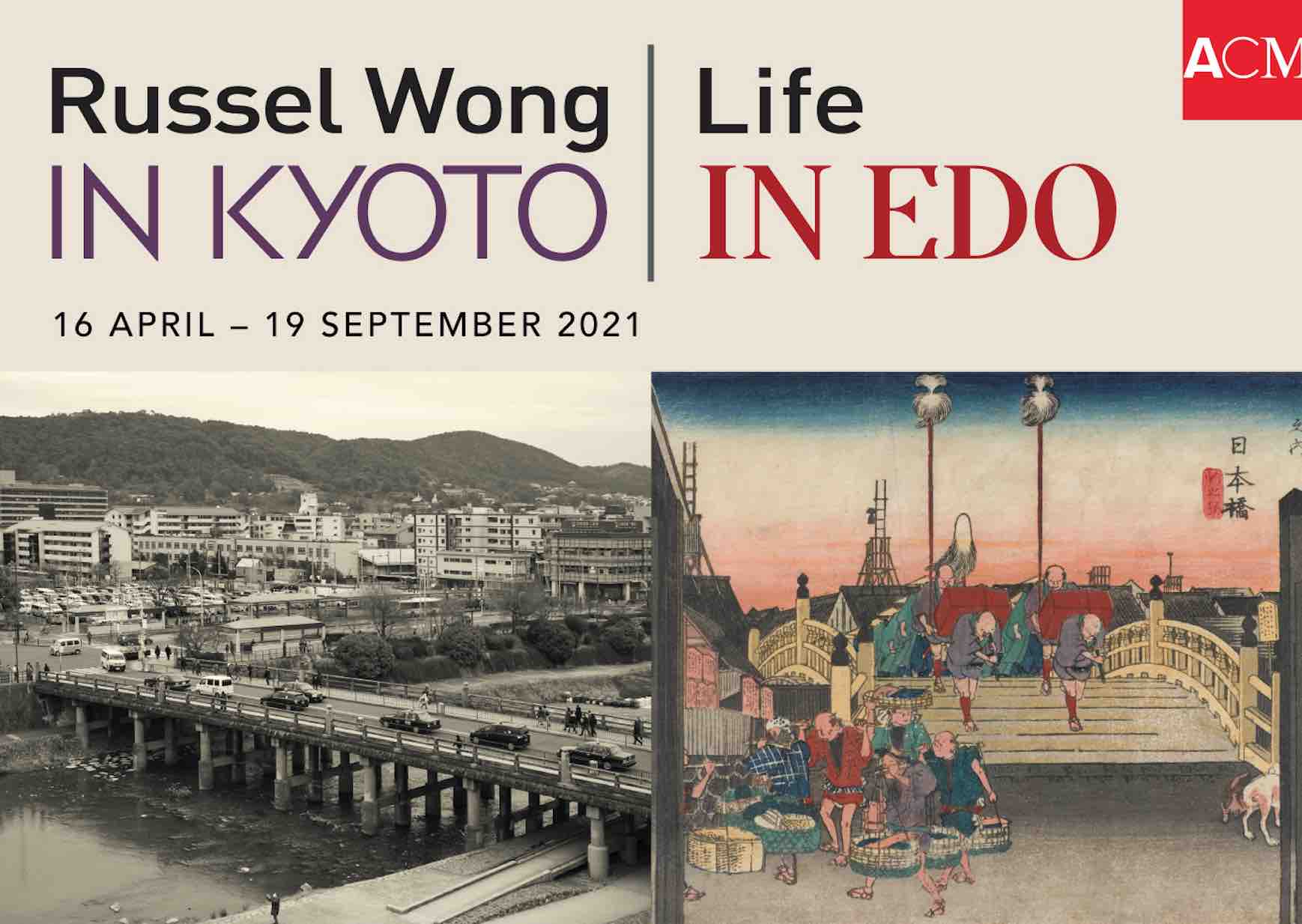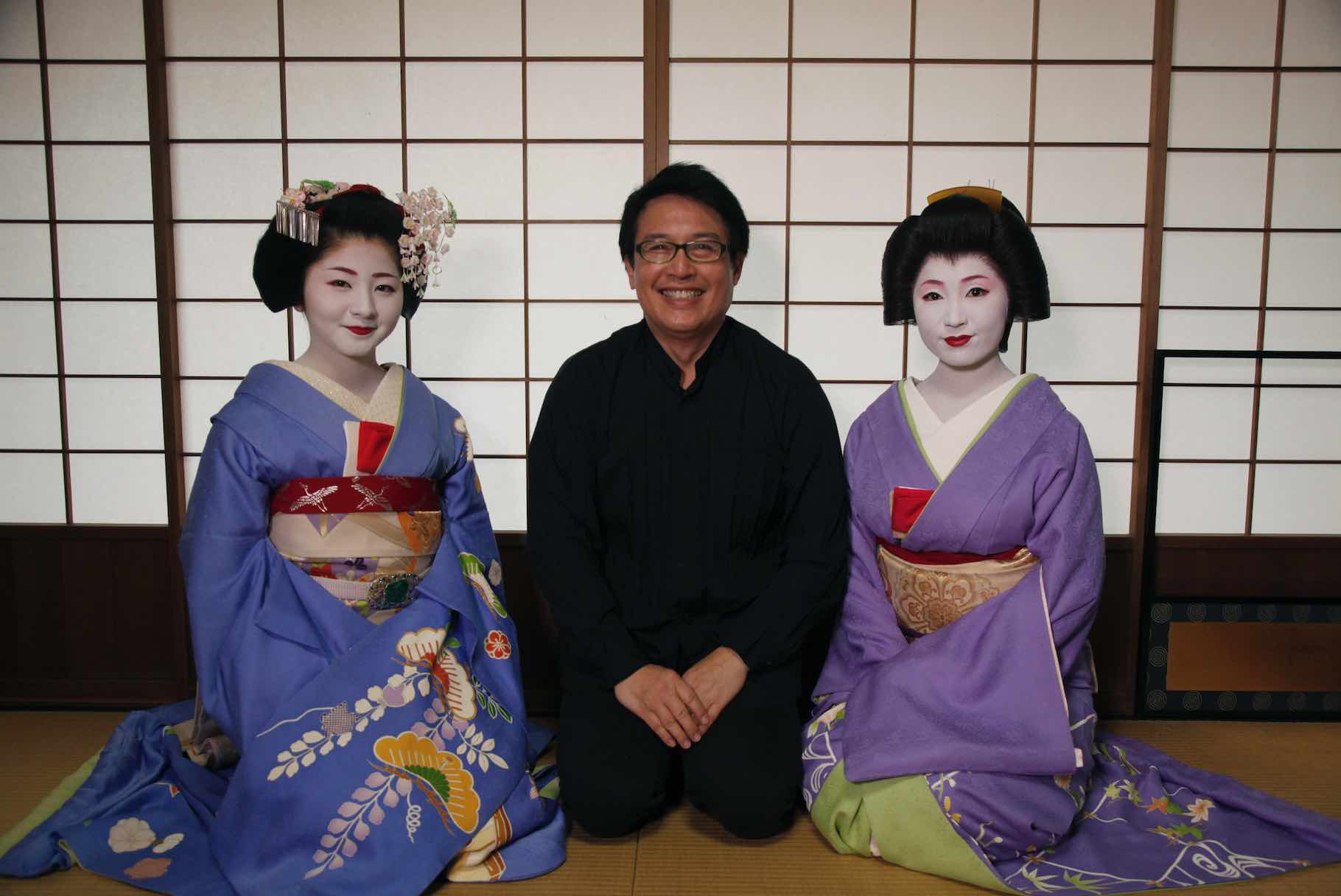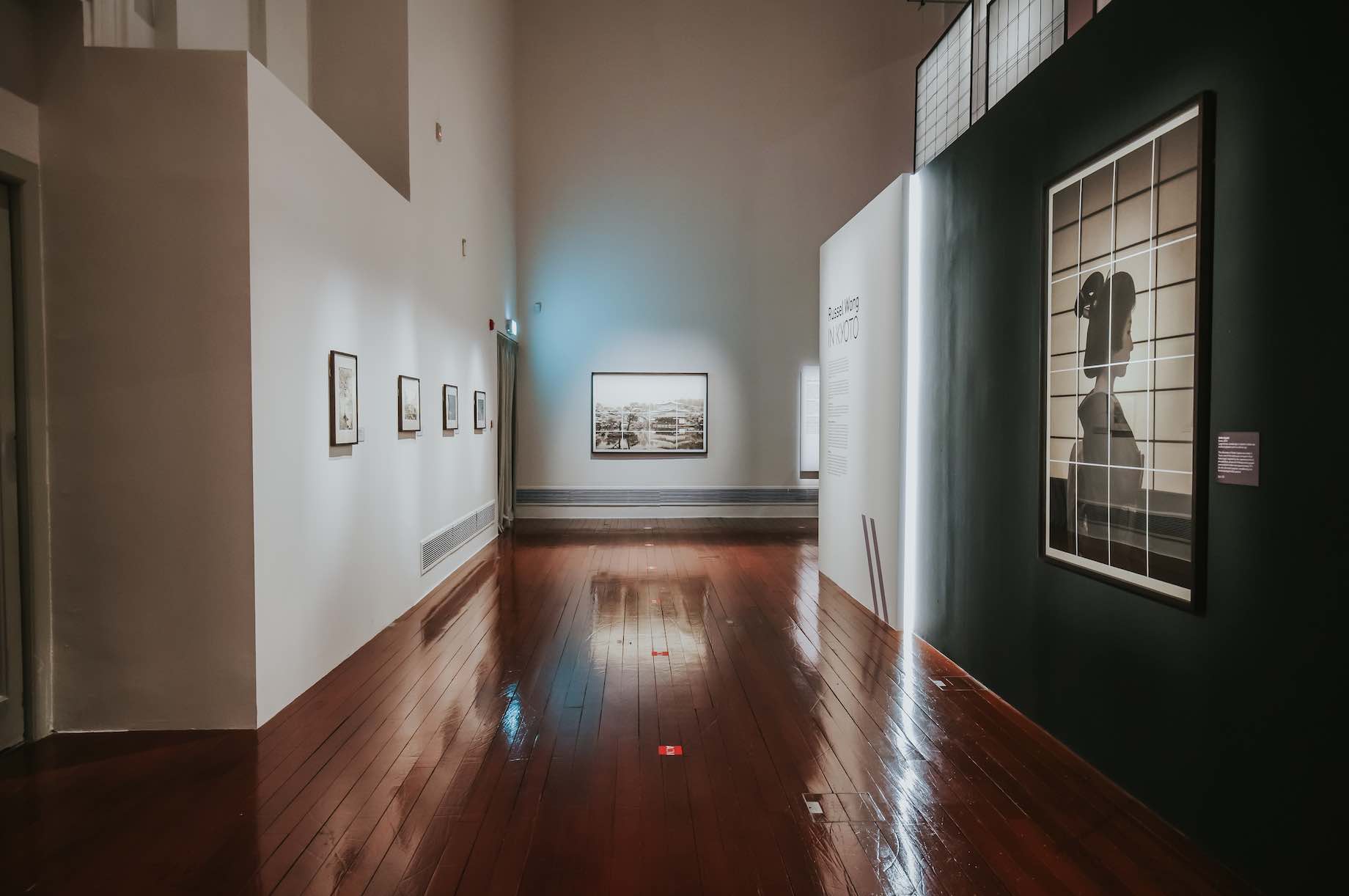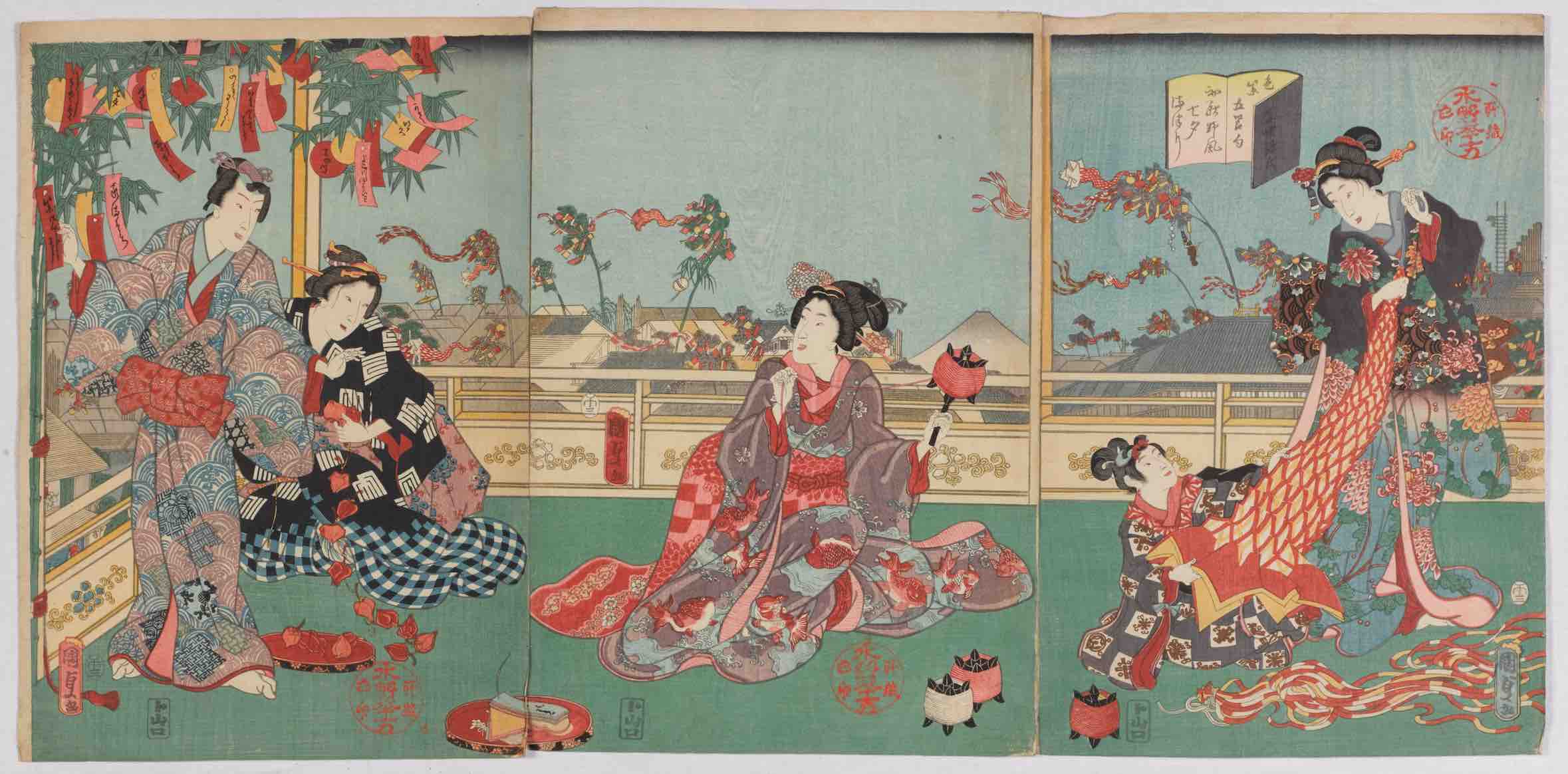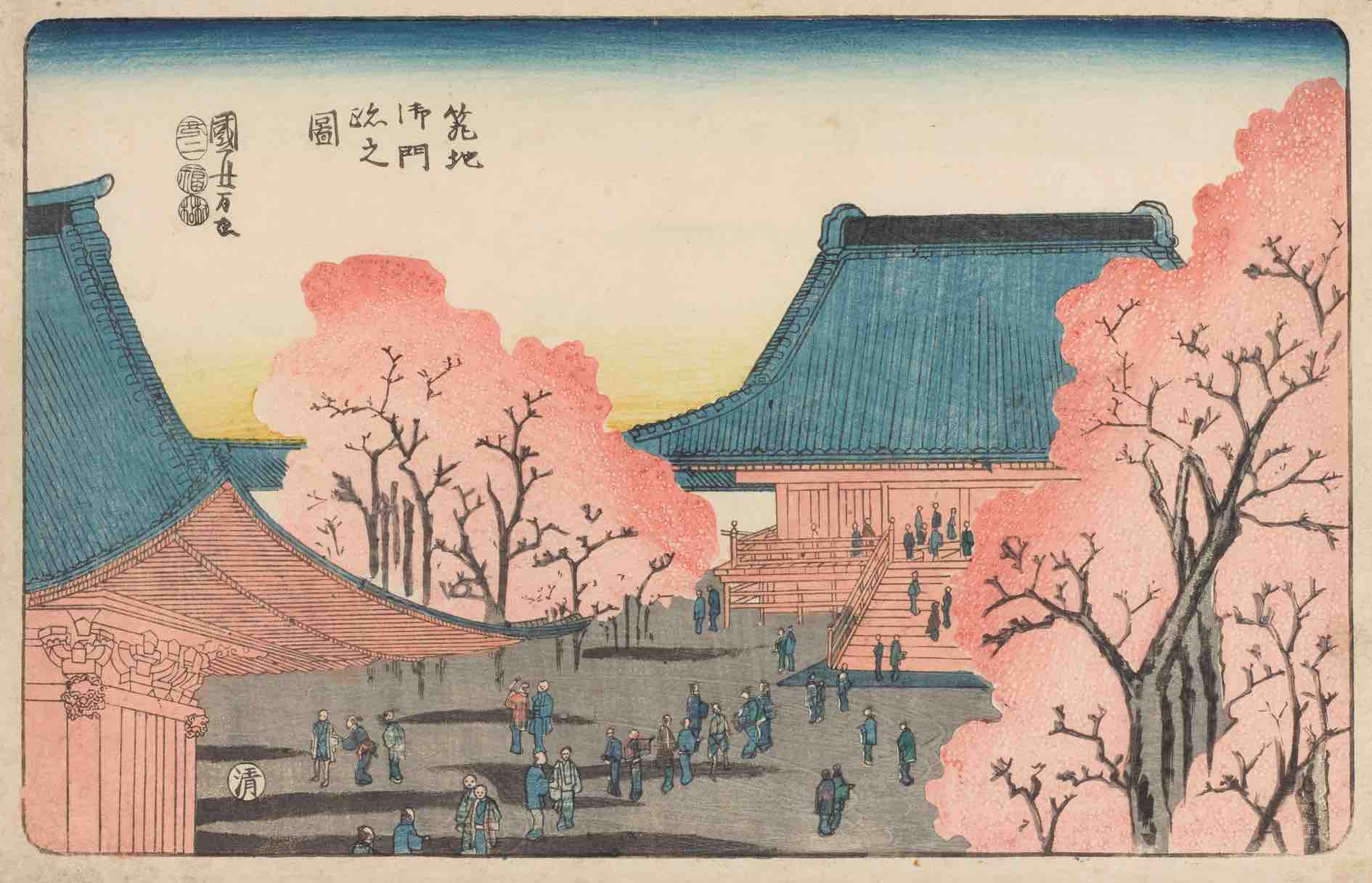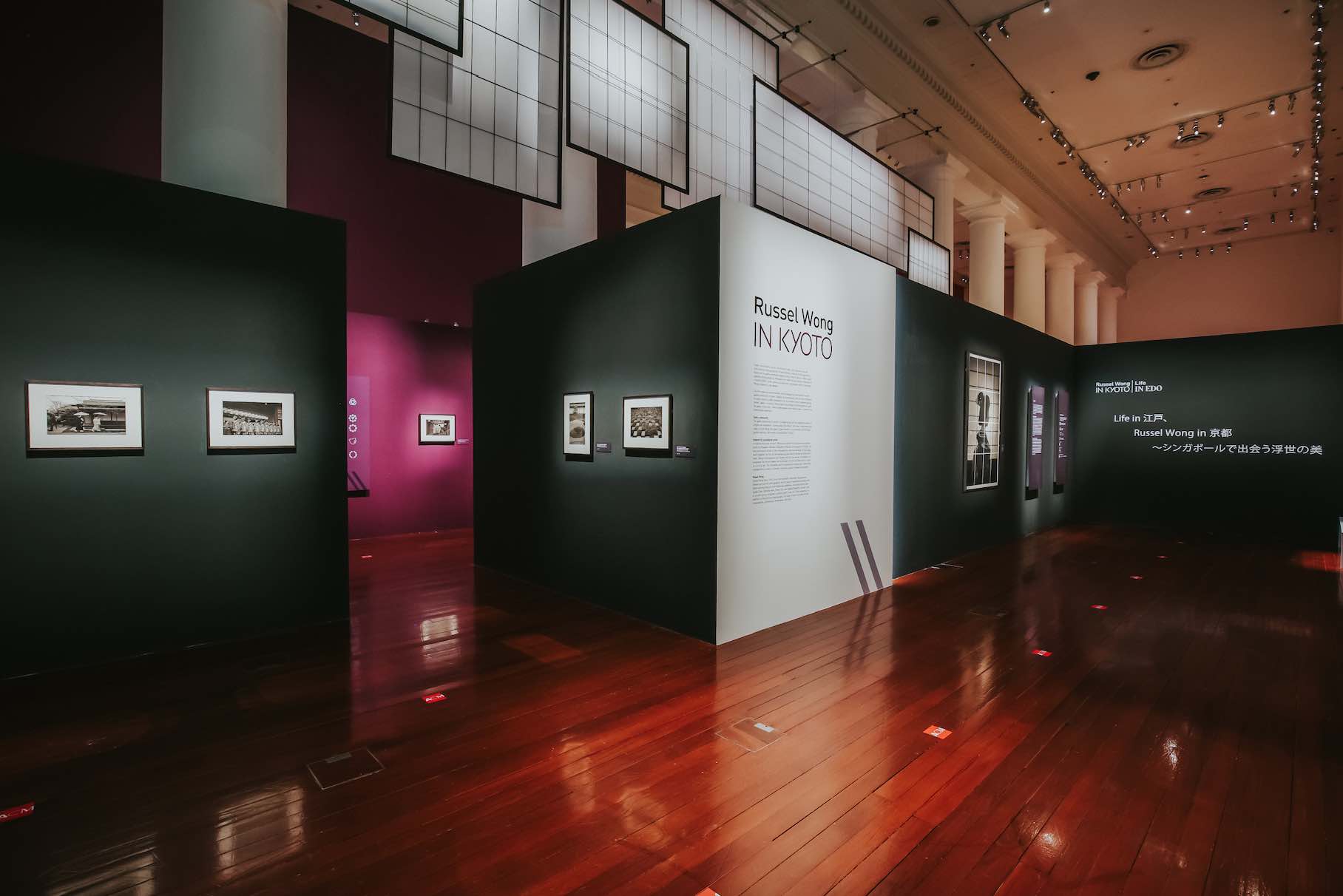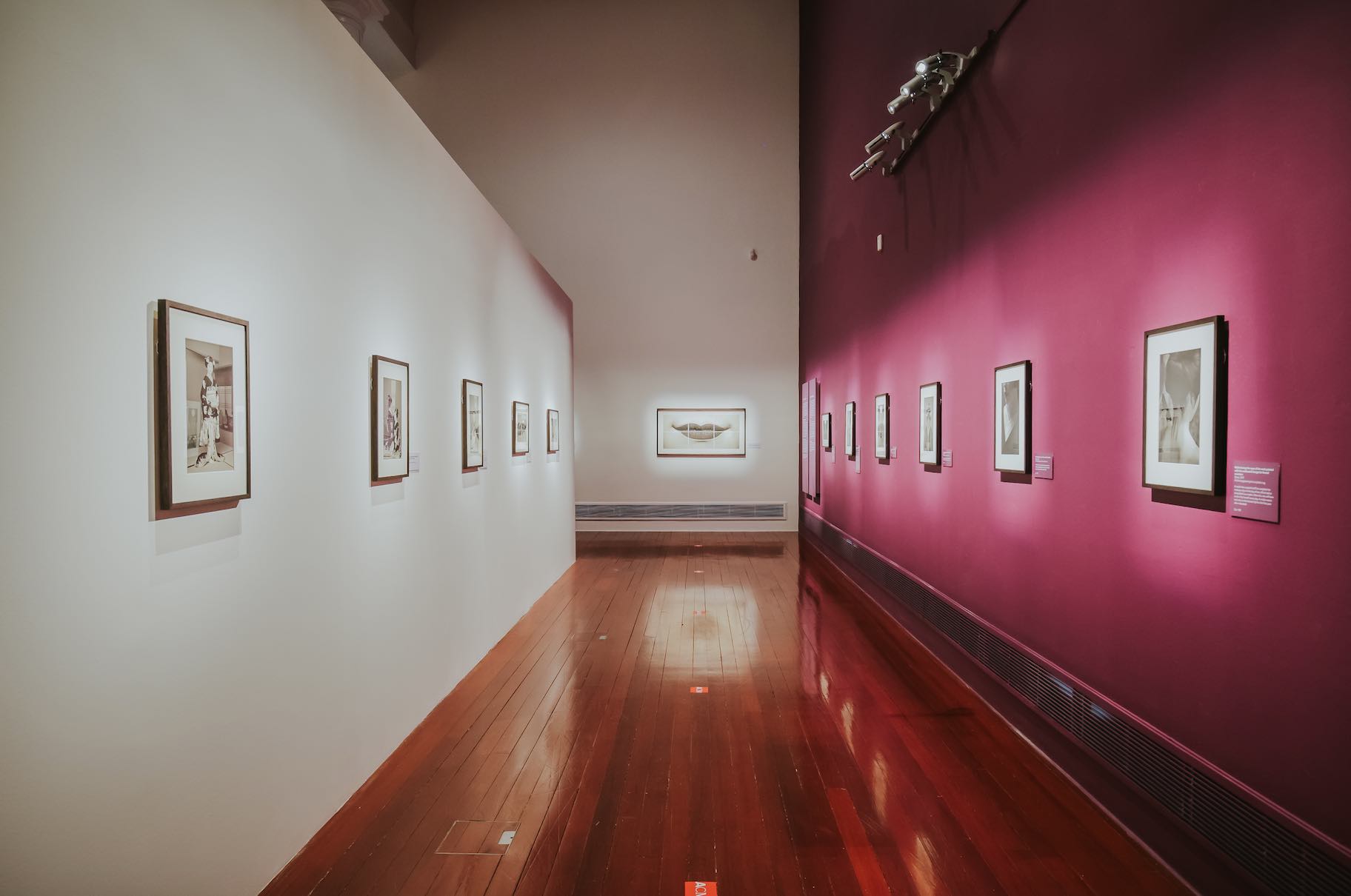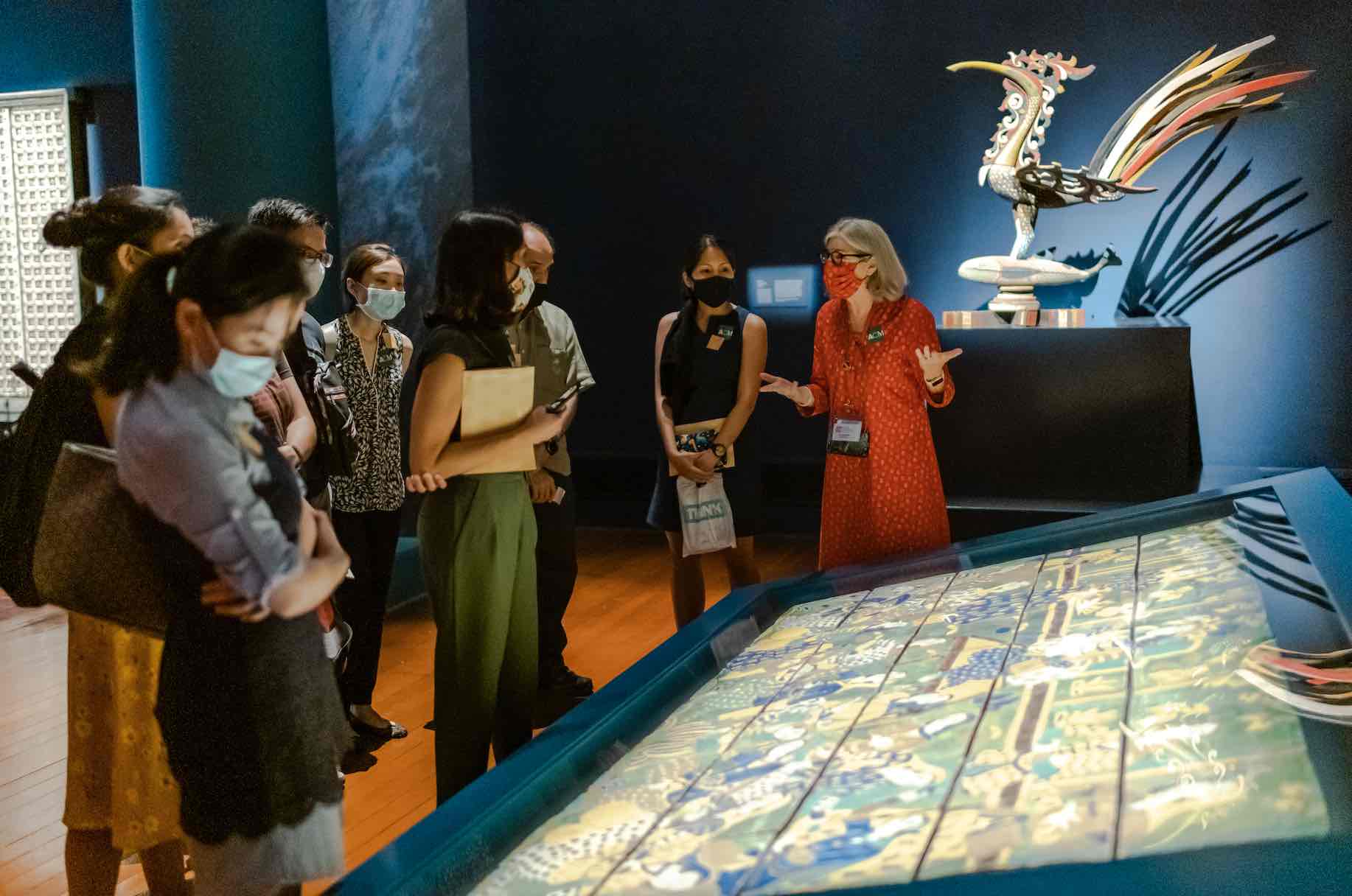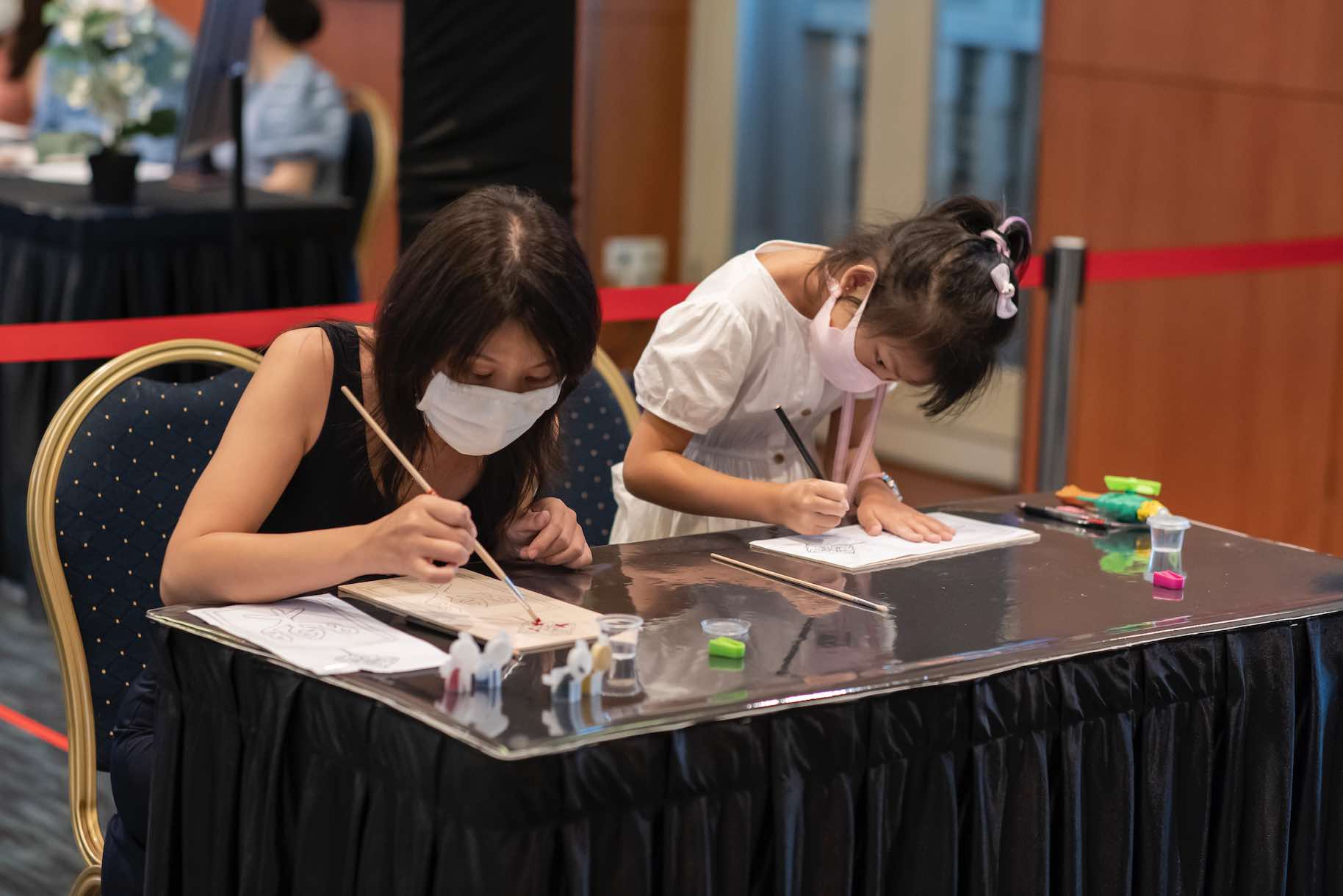The Asian Civilisations Museum (ACM) will unveil its latest special exhibition centred on Japanese culture and craftsmanship this Friday, showcasing an array of woodblock prints and photography that tells stories of traditional and contemporary Japan. The double-bill exhibition, titled Life in Edo | Russel Wong in Kyoto, is presented in collaboration with Kobe Shimbun and Russel Wong.
The showcase is presented in two parts, each spotlighting different periods and themes of Japan. The first, Life in Edo, focuses on the lifestyles and trends of the Edo period – from 1603 to 1868, often thought of as the final period of traditional Japan – through a display of Japanese woodblock prints. Meanwhile, Russel Wong in Kyoto explores the beauty of nature and architecture in present-day Kyoto, the old imperial capital, as well as the vanishing traditions of the geisha (or “geiko”, as they are called in Kyoto) through the lens of acclaimed Singaporean photographer Russel Wong.
Mr Kennie Ting, Director of the Asian Civilisations Museum and Peranakan Museum, explains, “It has always been a dream of mine to present an exhibition on Japanese woodblock prints, and to work with celebrated Singaporean photographer, Russel Wong. Life in Edo | Russel Wong in Kyoto is really special, with two distinct yet connected sections. One section celebrates the historic Japanese ukiyo-e masters, and provides a window into everyday life in Edo – all the colour, famous sights, food, festivals, fashion, flowers, even pets! The other section is a gorgeous, never-before-seen display of contemporary photography by Russel, featuring, as a highlight, rare views into the lives of the geiko- and maiko-san in Kyoto – something even the Japanese themselves don’t have access to. As of now, leisure travel might still not be possible, so why not come travel Japan at ACM, and experience it as you never have before.”
Uncover the everyday occurrences of the Edo period in Life in Edo – a showcase of woodblock prints and paintings, also known as ukiyo-e (“pictures of the floating world”), that expound on people’s travels, ideas on beauty, food, entertainment, and even pets of the era. Ukiyo – the Floating World – is an expression of the new economic and social ambitions of the Japanese people as the nation became increasingly urbanised.
This attitude of joie de vivre and accompanying habits of stylishness and extravagance manifest as the primary subject matter of woodblock prints of the period. The extensive collection of 157 fully coloured ukiyo-e prints – the most to be exhibited in a single exhibition in Singapore to date – features works from the great masters, including Katsushika Hokusai, Utagawa Hiroshige, Kitagawa Utamaro, Utagawa Kuniyoshi, and more. These historical masterpieces paint a picture of the very forward and fascinating lifestyle of the Japanese during the Edo period.
The collection will be rotated midway through the exhibition, to help preserve these light-sensitive works, and so visitors can look forward to doubling their pleasure on the same themes and gain additional insight into life in old Japan.
Life in Edo | Russel Wong in Kyoto Exhibition – Tradition In Modern Kyoto
On the other side of the exhibition, Russel Wong in Kyoto premieres photographs from the celebrity photographer’s 13-year-long, ongoing personal project to document the geiko of Kyoto, shedding light on some of the rarely seen and lesser-known traditions of this private community and their place in modern society.
Forty black-and-white photographs illustrate customs and traditions such as the Erikae ceremony, a two-week-long process where a maiko (geiko in training) prepares herself to become a geiko; the tea ceremony (sadō), one of the most popular aspects of traditional Japanese culture and a crucial part of geiko and maiko training; and courtesy visits in the neighbourhood (aisatsumawari). Emulating the ukiyo-e prints on display, nearly all photographs have been printed in ōban size, the most popular woodblock print format during the Edo period.
Russel Wong shared, “In an ever-evolving world we live in, I enjoyed photographing these timeless images that had stood the test of time.”
Life in Edo | Russel Wong in Kyoto Exhibition – Linking The Past And The Present
The exhibition takes a winding path through the two sections, but intersects in a contemplative space between that contrasts ukiyo-e artist Utagawa Hiroshige’s woodblock print of the Sanjō Bridge – the final stop in his well-loved series Fifty-Three Stations of the Tōkaidō – with Russel Wong’s photograph of the same bridge, captured from the spot where he imagined Hiroshige would have visualised the image depicted in his print. This juxtaposition of past and present, both in medium and subject, seeks to prompt a re-evaluation of lines drawn between traditional and contemporary and reflection on how past trends and lifestyles can echo surprisingly vividly in today’s modern society.
Life in Edo | Russel Wong in Kyoto runs from 16 April to 19 September 2021. The first rotation of 75+ woodblock prints and paintings will be on display from 16 April to 11 July, and the second rotation of a completely new set of 75+ will be displayed from 12 July to 19 September. Visitors who purchase a ticket to Life in Edo | Russel Wong in Kyoto during the first rotation will be able to return to view the second rotation for free.
In conjunction with the exhibition, members of the public can look forward to Japanese cultural workshops, curator tours, educational videos on Japanese food and art, as well as interactive activities on woodblock printing and photography, available both online and on-site. Admission charges to the exhibition apply.
For more information, please visit www.acm.org.sg | @acm_sg | Facebook.com.

